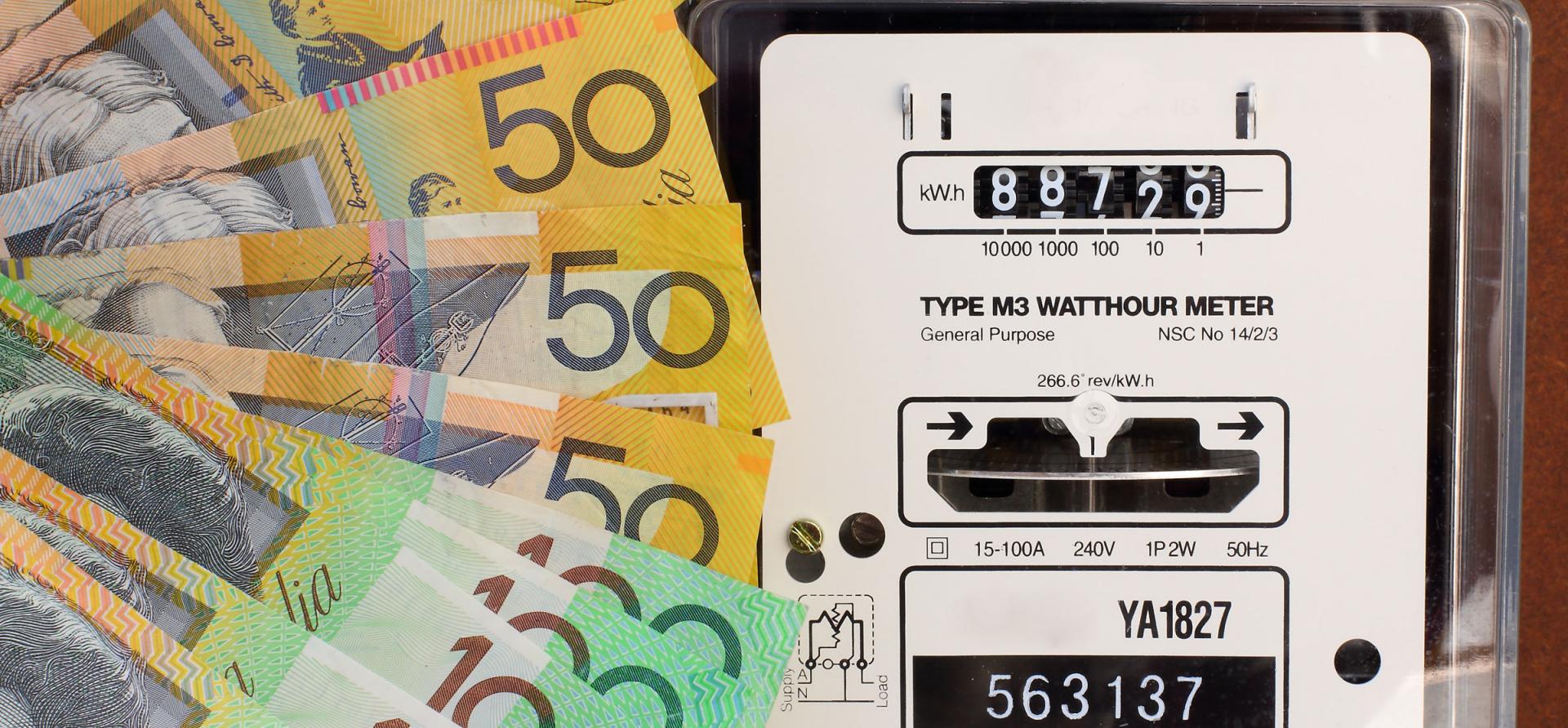Relief in sight from Australia’s skyrocketing electricity prices

Key Findings
The coal and gas price caps will put downward pressure on electricity prices in the short term.
The electrification package, along with the capacity investment scheme, will accelerate the transition to renewables and storage, reduce dependence on fossil fuels and reduce prices in the long term.
Australia’s parliament has passed a bill to ease skyrocketing energy prices. The new law includes a gas price cap mechanism, a gas market code of conduct and a $1.5 billion energy bill relief fund. It has been designed to work together with coal price caps, an electrification package and the capacity investment scheme announced last week, to ease upward pressure on energy prices.
The Federal Government anticipates that the energy price relief plan will prevent a $230 electricity price increase for the average Australian household – such that bills will rise by 13% rather than the expected 36% in 2023-24.
Following the announcement of the energy price relief plan, NSW baseload electricity contract prices for 2023 dropped by around 45% compared with 2 months ago, reflecting that the market expects the measures to work to bring down wholesale electricity prices.
The energy price relief measures are expected to bring down wholesale electricity prices.
The coal price cap of $125/tonne is likely to reduce coal prices for a few coal generators, in particular for those needing to purchase coal outside of their existing long term (and usually lower cost) contracts. While coal contracts are ‘commercial in confidence’, news sources indicate that Origin’s Eraring power plant may have been buying coal at prices above $125/tonne. Under the cap, coal prices for these kinds of purchases would be brought under control.
If coal-fired power plants can purchase coal at lower prices, and they pass through this cost saving into their electricity market bidding behaviour, prices should reduce in the time periods where those power plants set the electricity price. As the most expensive generator dispatched in a given period sets the spot price for that period, then reducing the bids of the coal generators that are currently facing high coal prices could result in a notable reduction in electricity prices. Coal set the electricity price in NSW 40% of the time in Q3 2022, while Eraring set the price in NSW 18% of the time in Q3 2022.
The gas price cap of $12/GJ will limit the price of gas for gas-fired power plants, in particular for plants that have to buy additional gas outside of long term (and usually lower cost) contracts. Gas generators often set the spot price in the National Electricity Market (NEM) when demand and prices are high. Gas therefore has a key price setting role in the NEM, and over the past years NEM electricity and east coast gas prices have followed one another closely.
Recently, while east coast wholesale gas prices were averaging $24-27/GJ, the average electricity spot price set by gas generators in Q3 2022 was $330/MWh, an increase of almost 2.5 times from Q3 2021. For comparison, a gas price delivered to power stations capped at $12/GJ translates to a much lower short run marginal cost of $92-$194/MWh, depending on which generator is examined (calculated using Australian Energy Market Operator data).
While the coal and gas price caps will put downward pressure on electricity prices in the short term (the caps will last for 12 months), the electrification package could help businesses and households cut energy bills permanently, by helping them undertake upgrades to reduce reliance on expensive and high emission gas and improve the energy performance of their buildings. This could include support to electrify heating, water heating and cooking, as well as upgrades to other appliances and equipment.
While the details of the electrification package are yet to be developed, IEEFA says consideration should be given to funding the package by imposing windfall profit taxes on gas and/or coal exporters.
The electrification package will help businesses and households undertake upgrades to reduce reliance on gas and improve energy performance of buildings.
The capacity investment scheme announced last week to drive $10 billion of public and private sector investment in renewables and storage will also help insulate Australians against volatile fossil fuel prices and enable emissions reductions on a more permanent basis.
The coal and gas price caps look set to put downward pressure on electricity prices in the short term, while the electrification package and capacity investment scheme will accelerate the transition to renewables and storage, reduce dependence on fossil fuels and reduce prices in the long term.















